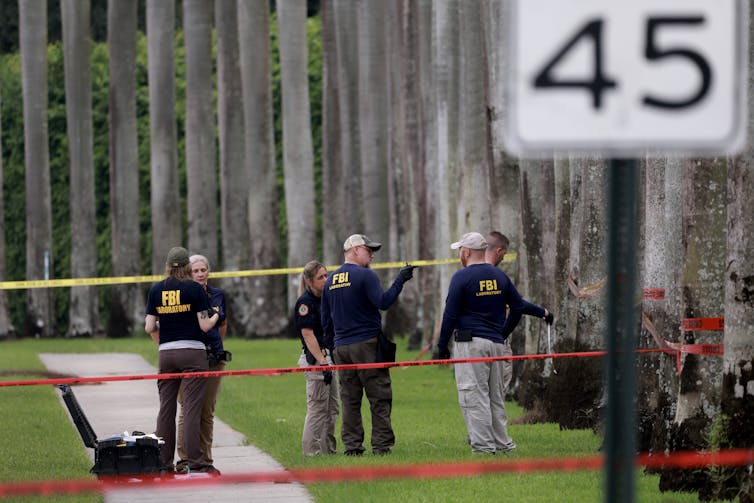A Disturbing Pattern Repeats in History
On September 15, 2024, former President Donald Trump narrowly survived a second assassination attempt—an incident that echoes a long and sobering pattern in U.S. political history. With this, Trump joins a list of American presidents and former presidents who have faced life-threatening attacks, highlighting the intense scrutiny and danger that accompany the office.
Since the nation’s founding, 45 men have served as president. Shockingly, 40% of them have experienced assassination attempts. Four—Abraham Lincoln, James A. Garfield, William McKinley, and John F. Kennedy—were tragically killed while in office.
When the Office Becomes a Target

Presidents are often viewed as the physical embodiment of the country’s values, policies, and ideals. As such, they inevitably become symbols—whether revered or reviled. For some disillusioned individuals, targeting the presidency itself becomes a form of protest or political expression.
Recent incidents, including the thwarted attempt on Trump at his golf course in Florida and the earlier shooting during a rally in Pennsylvania, reinforce this risk. Each attack serves as a chilling reminder that violence continues to shape the political landscape in the U.S.
A Consistent Tool: The Firearm
Throughout U.S. history, firearms have been the common instrument in all known assassination attempts on presidents. With the sole exception of Gerald Ford’s two assailants—who were women—every known attacker has been male.
From John Wilkes Booth to John Hinckley Jr., the motivation behind each act has varied widely. While some were politically motivated, others acted under personal delusions or misguided heroism. In Trump’s case, both assailants were reportedly former supporters turned disillusioned, adding a modern twist to this historical trend.
Chaos and Confusion: Lessons From History

Presidents, as symbols of national leadership, often draw both admiration and hostility. As recent events involving Donald Trump have shown, assassination attempts are part of a troubling but persistent theme in American political life.
Yet in the aftermath of each attack, the U.S. public, law enforcement, and political institutions have repeatedly demonstrated resilience. Moments of violence are often followed by acts of heroism, unity, and solemn reflection—revealing both the fragility and strength of democratic governance.




